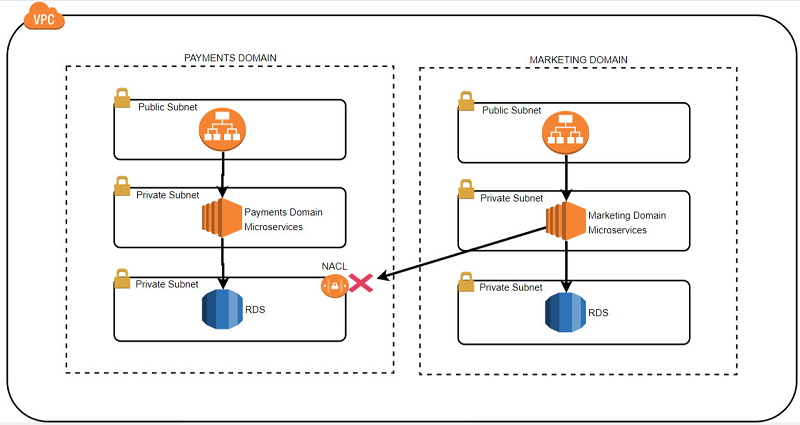AWS Database Blog
Tag: RDS
Scheduling and running Amazon RDS jobs with AWS Batch and Amazon CloudWatch rules
Database administrators and developers traditionally schedule scripts to run against databases using the system cron on the host where the database is running. As a managed database service, Amazon Relational Database Service (RDS) does not provide access to the underlying infrastructure, so if you migrate such workloads from on premises, you must move these jobs. […]
Best practices for Amazon RDS for PostgreSQL cross-Region read replicas
October 2023: This post was reviewed and updated for accuracy. One of the managed service offerings of Amazon RDS for PostgreSQL is cross-Region read replicas. Cross-Region read replicas enable you to have a disaster recovery solution, scaling read database workload, and cross-Region migration. You can create a cross-Region read replica by using the Amazon RDS […]
Recap of Amazon RDS and Aurora features launched in 2019
Updated 04/2022 to reflect product changes. Amazon Relational Database Service (Amazon RDS) makes it easy to set up, operate, and scale a relational database in the cloud. It provides cost-efficient and resizable capacity. At the same time, it automates time-consuming administration tasks such as hardware provisioning, database setup, patching, and backups. It frees you to […]
Making better decisions about Amazon RDS with Amazon CloudWatch metrics
October 2023: This post was reviewed and updated for accuracy. If you are using Amazon Relational Database Service (RDS), you may wonder about how to determine the best time to modify instance configurations. This may include determining configurations such as instance class, storage size, or storage type. Amazon RDS supports various database engines, including MySQL, […]
Amazon RDS customers: Update your SSL/TLS certificates by March 5, 2020
This post was originally published on December 20, 2019 and has been updated as of March 4, 2020. Please see new dates and suggested timeline below. IMPORTANT UPDATE: If you are experiencing connectivity issues after the RDS Root CA expires, please skip down to the What do I have to do to maintain connectivity? section. […]
Migration tips for developers converting Oracle and SQL Server code to PostgreSQL
PostgreSQL is one of the most popular open-source relational database systems. It is considered to be one of the top database choices when customers migrate from commercial databases such as Oracle and Microsoft SQL Server. AWS provides two managed PostgreSQL options: Amazon RDS and Amazon Aurora. In addition to providing managed PostgreSQL services, AWS also […]
Validating database objects after migration using AWS SCT and AWS DMS
Database migration can be a complicated task. It presents all the challenges of changing your software platform, understanding source data complexity, data loss checks, thoroughly testing existing functionality, comparing application performance, and validating your data. AWS provides several tools and services that provide a pre-migration checklist and migration assessments. You can use the AWS Schema […]
Building an AWS CloudFormation custom resource to manage Amazon RDS point-in-time recovery
Amazon RDS makes it easy to set up, operate, and scale a relational database in the cloud. It provides cost-efficient and resizable capacity while automating time-consuming administration tasks such as hardware provisioning, database setup, patching, and backups. It frees you to focus on your business logic and application features, leaving the heavy lifting to AWS. […]
Performing SQL database client-side encryption for multi-Region high availability
Important Update: On 06/16/2021 AWS Key Management Service (AWS KMS) introduced multi-Region keys, a new capability that lets you replicate keys from one AWS Region into another. With multi-Region keys, you can more easily move encrypted data between Regions without having to decrypt and re-encrypt with different keys in each Region. Multi-Region keys are supported […]
Best practices for securing sensitive data in AWS data stores
This blog post focuses on general data security patterns and corresponding AWS security controls that protect your data. Although I mention Amazon RDS and DynamoDB in this post, I plan to cover the implementation-specific details related to Amazon RDS and DynamoDB in two subsequent posts.







